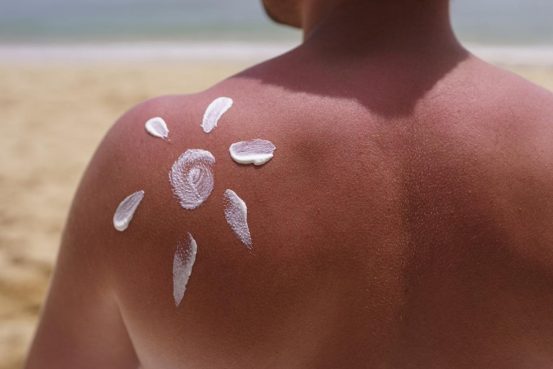The Power of Physical Sun Block: A Deep Study Its Star Ingredients

As consumers end up being significantly savvy regarding skin care, the discussion in between chemical and physical sun blocks continues to be a hot topic. While both offer crucial defense versus the sun's harmful ultraviolet (UV) rays, physical sun blocks are often lauded for their mild yet effective formula, making them a recommended choice for those with sensitive or reactive skin. The key to their success depends on their energetic ingredients, which develop a physical barrier on the skin to block out UV radiation. This article will certainly explore the world of physical sun blocks, concentrating on their crucial components: zinc oxide and titanium dioxide.
Unlike their chemical counterparts, which take in UV radiation and convert it right into heat, physical sunscreens work by sitting on top of the skin to develop a shield that disperses and scatters both UVA and UVB rays. This system is why they are commonly referred to as "sunscreens." The key advantage of this method is its immediate effectiveness upon application and the lower chance of creating skin irritability, as the ingredients are not absorbed right into the skin.
One of the most celebrated component in the physical sunscreen family is Zinc Oxide. This powerhouse mineral is unique in its ability to give broad-spectrum security, indicating it properly guards the skin versus the full range of UVA and UVB rays. UVA rays are accountable for early aging, consisting of wrinkles and fine lines, while UVB rays are the primary reason for sunburn. By providing extensive security versus both, zinc oxide plays an important function in protecting against sunlight damages and reducing the danger of skin cancer.
In addition, zinc oxide is renowned for its calming buildings. It has actually been used for centuries to treat small skin irritabilities, breakouts, and burns, a testimony to its mild physical sunscreen ingredients nature. This makes sun blocks developed with zinc oxide an optimal selection for individuals with delicate skin, acne-prone skin, or conditions like rosacea and dermatitis. Its non-comedogenic residential properties likewise suggest it is less likely to clog pores, a common concern for those with oily or combination skin.
The other key player in the physical sunscreen group is Titanium Dioxide. This normally occurring mineral is another exceptional active ingredient for producing a physical obstacle against UV rays. It is extremely reliable at showing and spreading UVB radiation, offering durable protection against sunburn. While it offers excellent defense throughout the UVB spectrum, it is usually taken into consideration much less reliable against long-wave UVA rays compared to zinc oxide.
Because of this, titanium dioxide is often used together with zinc oxide in sun block formulations. This combination produces a collaborating effect, enhancing the total broad-spectrum security of the item. By leveraging the strengths of both active ingredients, formulators can produce a sunscreen that provides detailed and trusted protection versus the sun's harmful rays. Like zinc oxide, titanium dioxide is likewise gentle on the skin and is a suitable option for those with sensitive or conveniently inflamed skin.
In the last few years, developments in formula modern technology have dealt with among the initial downsides of physical sun blocks: the thick, white actors they would certainly frequently leave on the skin. Modern formulas currently make use of micronized or nano-sized particles of zinc oxide and titanium dioxide, which permits an extra cosmetically classy application without endangering their safety capacities. This suggests you can enjoy the mild, efficient protection of a physical sunscreen without the telltale white residue.
In conclusion, physical sun blocks use a trustworthy and gentle way to shield your skin from the sun. Their star active ingredients, zinc oxide and titanium dioxide, operate in consistency to create a physical guard that deflects harmful UVA and UVB rays. With their superb safety and security profile and suitability for all skin types, especially sensitive skin, physical sun blocks are a powerful force in the fight versus sunlight damages. The following time you are Surf the sunscreen aisle, think about the powerful, safety, and skin-loving advantages of a physical solution.